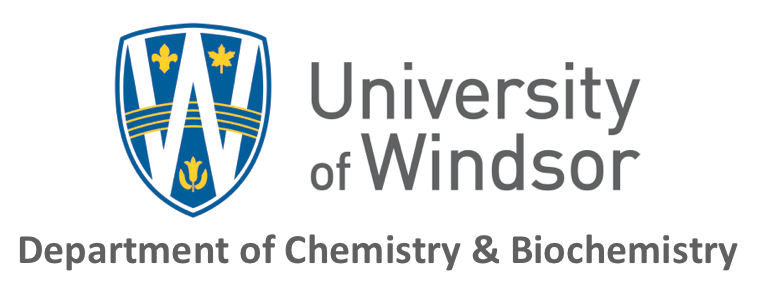
Chris O'Keefe, left, Stephanie Kosnik and Rami Gherib all brought home chemistry conference awards from the University of Guelph on March 24.
A trio of fourth-year students who recently brought home some impressive awards from the Southern Ontario Undergraduate Student Chemistry Conference say they couldn’t have done it if they didn’t work in such a supportive department.
“We’ve got great supervisors who are excellent at helping you understand your subject matter and grad students who have been super helpful,” said Stephanie Kosnik, who works in professor Charles MacDonald’s lab and earned a second-place prize in the inorganic chemistry session for her project on the isolation and synthesis of novel phosphenium.
The conference, held at the University of Guelph on March 24, saw two other students win certificates. Rami Gherib, who works in James Gauld’s lab, took first prize in theoretical computational chemistry, while Chris O’Keefe, who works in Rob Schurko’s lab, took second prize in that category. Gherib’s project was a computational analysis to investigate the properties of LuxS, an enzyme that’s present in many types of bacterial pathogens.
“If we can determine how it works, we can develop pharmaceuticals to help control it,” he explained.
All three students said they put a tremendous amount of work into their projects. They each had 15 minutes to make an oral presentation about their work, followed by a Q&A session with a panel of judges.
“I was a little nervous but I had prepared myself pretty well,” said Kosnik, who like her colleagues, has applied to graduate school. “But it was fun and it’s intellectually challenging and rewarding, especially when you win a prize like this.”
Click here to see the original story on the Daily News












.gif)




